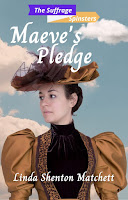Talkshow Thursday: Welcome Back, Lorri Dudley
The Heir’s Predicament is the last installment of the Leeward Island Series, and I had so many readers who loved the feral little girl character from The Captain’s Quest that I wrote Maggie’s story. It was fun to ponder how a child who survived alone on an island would act after being molded into proper English society and the added change of returning to the Leeward Islands as an adult to trace her roots.
How do you develop your characters? (e.g. decide on their vocation, names, etc.)?
When I plot my books and develop my characters, I start with the inciting incident and then figure out their motivations, fears, strengths, weaknesses, and personalities. Does walking through that door-of-no-return excite or scare them, and why? What’s holding them back or pressing them forward? Maggie’s motivation is to discover her lineage to determine a life path. In 19th century England, impeccable bloodlines were a requirement for members of the Quality. Although adopted into an upper-crust family, Maggie’s unknown lineage meant her blood could be tainted, leaving her unmarriageable within her class. “Heaven forbid,” Mrs. Trembley states, “Her papa could have been a rat catcher or a slop seller! We’ll not risk tainting the Trembley blood with the likes of her.”
What sort of research did you do for your story, and was there an exceptionally interesting tidbit you knew you had to include?
One fun element about writing the Leeward Island Series was that I could island hop. The Heir’s
 |
| Pixabay/Nici Keil |
Have you ever considered writing under a pseudonym? Why or why not?
Technically, Lorri Dudley is my nickname, but it’s what I’ve always been called. I was named after my grandmothers, and my real name is Frances Lorraine Dudley. I figured adding one more name as a pseudonym would really confuse me since, as it was, I used to get marked absent on occasion at school for forgetting to raise my hand when the teacher called out, “Frances.”
How are your characters like you? Different?
I sat in on a class where the instructor said that if you told him your favorite movies, he could tell you about your characters and your writing. My top movies are Cinderella, Star Wars Return of the Jedi, and Indiana Jones: Raiders of the Lost Ark. I figured I’d have him stumped because, really, what do those movies have in common? He certainly showed me. All three have main characters trying to balance two worlds—who they were and who they are becoming. You see this same element in my characters. Maggie must balance her survivalist, scrappy old self with the refined and proper woman she’s tried to become. I’m similar in that I try to balance my introverted self with the extrovert I’ve learned to portray out of necessity from moving as a child and due to my highly extroverted husband. I had to laugh when the instructor pointed out how these aspects work their way into our writing.
If your book is part of a series: Did you set out to write a series? Why did you decide to write a series?
The first book of the Leeward Island Series, The Duke’s Refuge, actually started as part of a different sequence that mostly took place in England. My publisher liked the idea of the tropical setting and pushed me to do a three-book series in the Leeward Islands, and I’m so glad that she did. The first few books sold well, and so my publisher extended my contract to an additional three for a six-book set.
How has your book changed since your first draft?
I rewrote the black moment all the way to the ending of The Heir’s Predicament four different times. In one of the versions I’d written, the end, and then realized I had created the cliché of “The butler did it.” I had Samuel wrongfully arrested and thrown in jail, but that ending seemed too similar to book four. I can’t mention the others because I don’t want to give the book away, but I wrote the current ending while at a marriage retreat with my husband. Inspiration struck in the middle of the night, and to not wake my sleepy hubby, I grabbed my laptop, crawled into a (dry) bathtub, and finished in the wee morning hours.
Why do you write in your particular genre?
I’ve been reading historical romances since the third grade. I’ll never forget my first romance book, titled, Susannah, about a Virginian woman who falls in love with a Union soldier. I was hooked, and it wasn’t long after that I stumbled upon Regency romance and fell in love with the era. The complex societal rules and etiquette make for great conflict and plot lines, but what leaves me all woozy is how a gentleman is taught to respect and protect a lady at all costs.
What is one thing you wish you could do?
It has always been on my bucket list to visit all of the islands named in the Beach Boy’s song "Kokomo." If you’re not familiar with the song, here’s a video with lyrics: Kokomo. I’ve had a good start on my quest, but I might have to write a Windward Island series as an excuse to visit more of the Caribbean.
What is your advice to fledgling writers?
Learning how to be a better writer and getting published takes grit. One must constantly seek feedback, critiques, and criticism. It’s how we improve, but the process can be brutal. At first, I shed a lot of tears, but over time, I’ve learned to shake off the hurt and appreciate different perspectives. I’ve also worked on creatively finding solutions. Writing is much easier when it’s a passion. If no one purchased my books, I would still write. It’s my creative outlet where I get to play pretend as a grown-up. The catharsis I gain from writing has helped me not to give up when in the valleys of the writing/publishing cycle.
What is your next project?
Currently, I’m in the process of writing a four-book Agents of Espionage series that takes place in the Cotswolds of England. I’m enjoying combining Regency romance with secrets, spies, and clandestine surveillance. The first book Revealing the Truth releases this May, and I’ve also been invited to be part of a Wild Heart Books authors novella series that takes place during America’s Gilded age. I’m excited to be researching Newport, RI, and have found the era is similar to a subset of England’s Regency elite.
About The Heir's Predicament
He controls the answers to her past and future, but she threatens his inheritance and his heart.
Maggie Prescott may not know her real name, the circumstances of her birth, or her father’s identity, but based on a song her shipwrecked birthmother taught her before she died, Maggie’s certain the answers lie on the island of Antigua. Unbeknownst to her beloved adopted family, she sends her maid to finishing school in her stead and convinces her uncle, Captain Anthony Middleton, to sail her to the Leeward Islands. Time is of the essence to discover her heritage before the next family gathering exposes her duplicity.
Lord Samuel Fredrick Harcourt Granville was groomed to inherit the Cardon title and lands, but the possession of his father’s temper has put Samuel’s future in jeopardy. After discovering his fiancée cavorting with his so-called friend, the ensuing altercation lands Samuel in court before the House of Lords. As an example for all aristocratic sons to quell their hedonistic living, the House of Lords banishes Samuel to the island of Antigua until he can prove he’s worthy of his privileged birth.
On the island, Samuel works to rein in his temper and revive a dying sugar plantation. Still, his return to England and all his efforts are threatened when a mysterious woman breaks into his island home, claiming to be the true heiress of the sugar plantation. Guilt, resentment, and fresh yearnings sizzle under the island sun as Maggie’s search uncovers a much greater treasure than either of them expected.
Purchase Link: https://books2read.com/u/3R0VKj
For more information about Lorri Dudley and her books go to:
http://www.LorriDudley.com or https://www.wildheartbooks.org/lorri-dudley.html
For more information about Lorri Dudley and her books go to:
http://www.LorriDudley.com or https://www.wildheartbooks.org/lorri-dudley.html

























.jpg)




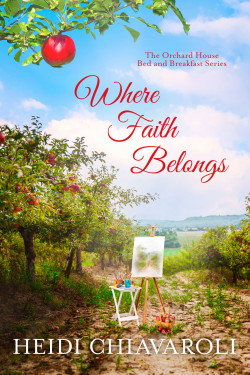
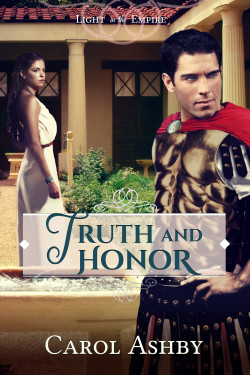


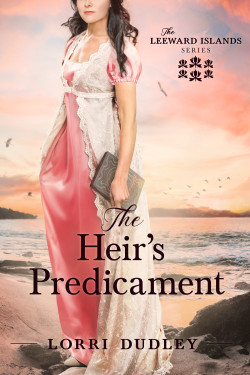

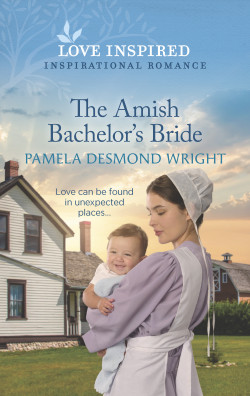


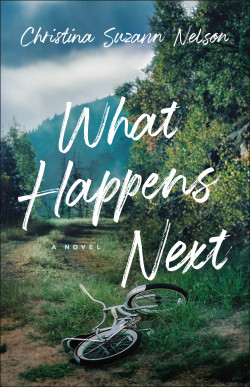



.jpg)



